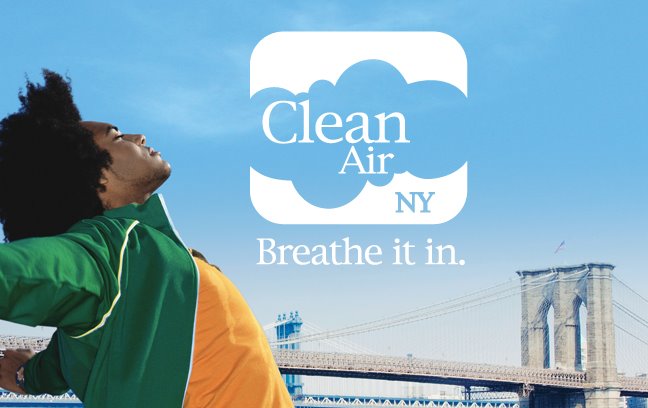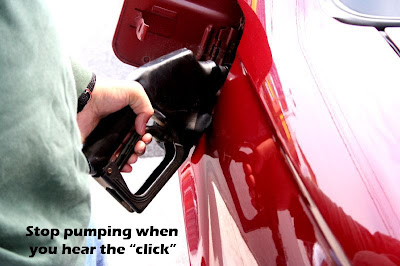The current economic climate prompts us all to find more ways to save money. Your employers may offer a solution that is often overlooked. A pretax commuter benefit program can help you pay for your daily commute – whether you’re a vanpooler, cyclist or mass transit rider - and can save you a good chunk of change.
A commuter benefit program allows you to pay for your commute through a pretax payroll deduction up to the monthly Internal Revenue Service (IRS) limit of $230. If you use public transportation or a vanpool, you can purchase your fare on a tax-free basis up to the monthly IRS limit. Any costs exceeding the IRS limit are typically deducted from your paycheck on an after-tax basis. This pretax benefit can save you more than $1,000 a year.
As of January 2009, the IRS now offers a subsidy for the most environmentally friendly commute option – bicycling. If you are an avid cyclist (bike to work three to four times a week), you are eligible to participate in an after-tax reimbursement program for approved items that support the maintenance and upkeep of your bicycle. This can include a commuter bicycle, bike lock, helmet and bike parking facilities, among other items. Reimbursements are up to $25 a month and are usually reimbursed on a quarterly basis. Keep in mind, though, the bicycle subsidy benefit cannot be combined with the pretax commuter benefit.
Tax-free commuter benefits are only available to commuters through your employers, so ask your employers if they offer such a benefit. It’s easy for your employers: All they have to do is enroll in a pre-tax benefit program. Click here to find out more information that you can share with your employers.
Simple Steps for a Water-Conscious Winter Season
17 years ago

 image by
image by 

